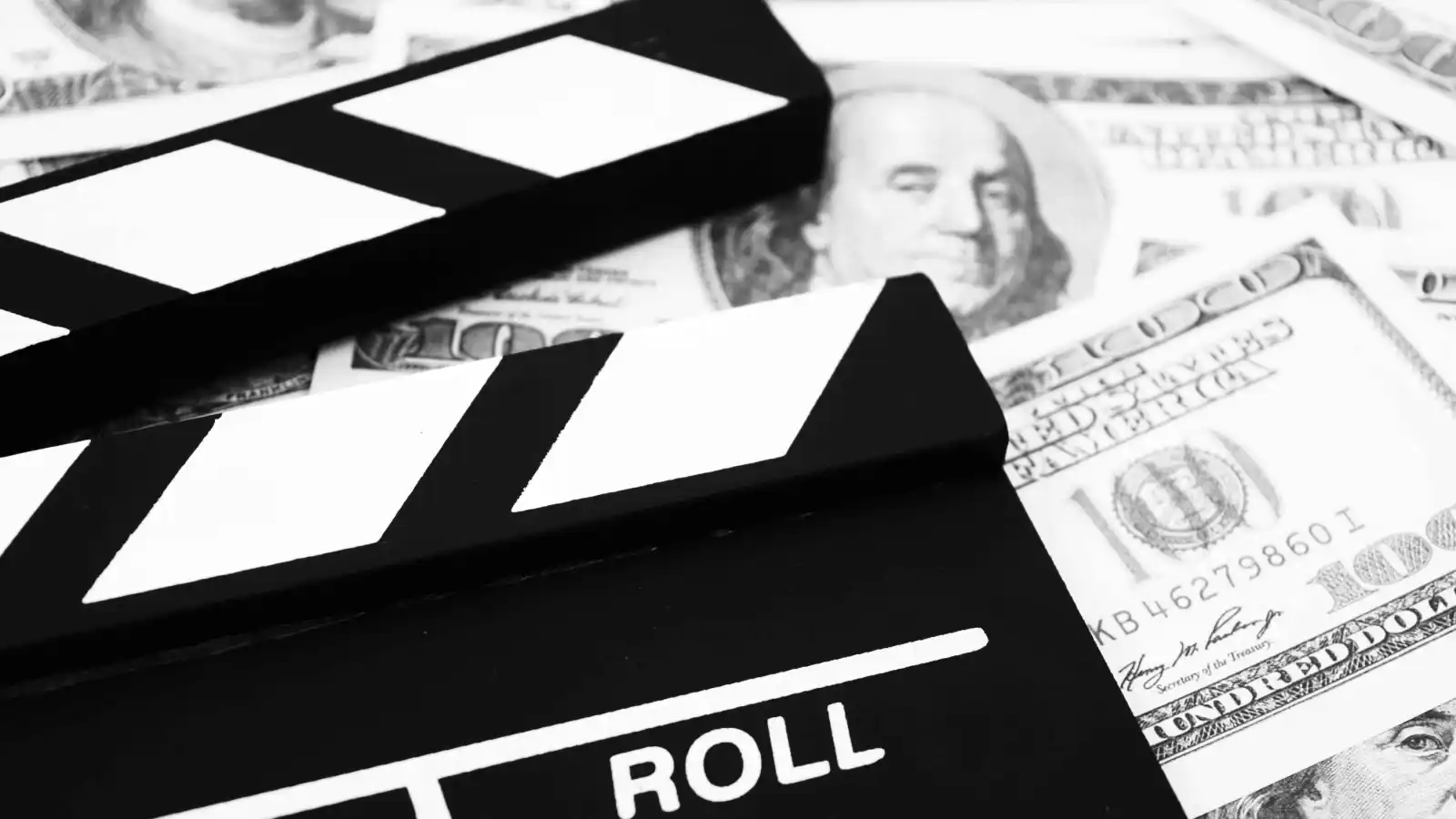Copyright Rolling Stone

Six years ago, I found myself choking on dust at a small-town racetrack. Cars whipped around the bend, the crowd roared and I was already asking myself why I’d agreed to come. I hated racing — didn’t get the appeal. Then the director of my last project leaned in and yelled over the engines, “I’m going to make a movie about this.” Just like Michael Corleone in The Godfather, I thought “I’m out,” — but the movies pulled me back in. This story isn’t about a polite Kickstarter campaign, asking people to smash that subscribe button or pitching your cousin at Thanksgiving dinner. It’s about a far riskier play: the high-stakes, high-stress way some indie filmmakers get their vision to become reality. Think of it as a poker game, only instead of chips, it’s your reputation on the table. I’ll be honest: I’ve never used this method to fund my own films. My anxiety couldn’t handle it. But I’ve seen it work — not once or twice, but three times now. And every time, I’ve walked away both impressed and in utter disbelief that someone actually pulled it off. Step One: Sell the Dream Before the Film Exists Forget cameras. Forget scripts. My coffee-addicted friend starts with a poster. A title, maybe a headline. A date for the premiere. He creates the myth first, and builds the product later. Feeling nervous yet? Good. That’s the point. Step two: Panic. Step three: Scrape together a fraction of the budget. Step four: Get attention like your life depends on it. Then somehow — if the vision is strong enough and buzz reaches the right people — money naturally starts trickling in. The Audience Comes First The secret isn’t smoke and mirrors. The secret is laser focus. Every film like this starts with a subculture. Not a vague “general audience” — a very specific tribe: dirt-track racers, women’s UFC fans, the police union, realtors. People who already gather together at conventions, events and trade shows. People with something to prove and disposable income to prove it with. Editor’s picks Then, you find their stars. The people who already have some traction in the community. If you’re making a realtor movie, you recruit the TikTok-famous broker. If it’s racing, you bring in the local legends with helmets and built-in followings. Get them on camera. Push their platforms. Make their fans your fans. That’s when you turn to the press. Write-ups, teasers, behind-the-scenes reels — anything to get people curious. Curiosity turns into sponsors. Sponsors have the product. The product becomes a teaser trailer. And the cycle feeds itself. The Rolling Stone Culture Council is an invitation-only community for Influencers, Innovators and Creatives. Do I qualify? The Power of FOMO Scarcity is a hell of a drug. When people see a line forming, they want in. It’s why rubberneckers slow down at traffic jams — they need to see what’s on the other side. Once the buzz starts, fringe brands come knocking. A vodka company. An energy drink. A tire manufacturer. They want their logo in the shot, their product on the table, their name on the credits. Everyone wants a piece of the attention pie. Now that everyone wants to get their hand in the pot, there’s one very important thing to keep in mind. The Golden Rule: Always make sure the deal is meaningful and fair. Don’t take money you can’t justify. Don’t burn bridges. Morality over money — always. Related Content But once that first sponsor says yes? The others roll right in. Shooting Without a Net Here’s where it gets wild. With partial funds in hand, you start shooting. Maybe not the lead actors yet, but the scenes you can afford. Suddenly, you’re not a dreamer with a pitch deck — you’re a director with a camera rolling. That’s when the actors call you. That’s when sponsors upgrade their checks. That’s when new investors start circling like sharks, desperate not to miss out. At one trade show, we went all in — built a massive booth, partnered with producers and hauled in two full race cars. (Remember me? The guy who hated racing? Yeah, now I have three race cars and a race trailer.) By that time, the project had momentum — which means leverage. Investors who were hesitant at the start now want in — but this time, it’s on your terms. Higher minimums. Less favorable conditions. The balance of power shifts. Beer, Emails and Persistence If this sounds glamorous, it isn’t. Expect to send thousands of unanswered emails. Expect to be ignored, laughed at and turned away. I once pitched a vodka company to donate a product for a bar scene. Crickets. Weeks later, as we prepped the same scene, I called four independent breweries. All four said yes. Timing — and traction — are everything. So, here’s the grind: rejection at the start, leverage at the end. The Disclaimer Let me be clear: this isn’t free money. I tell every investor the same thing — treat this as throwaway cash. Never put in more than you’re willing to lose. A film is not a savings account. It’s a poker game with art as collateral. But if you’re bold enough to bluff, to build the hype before you even roll film, sometimes that gamble pays off. Trending Stories And if nothing else? You’ll walk away with a good story. Like me — a reluctant movie guy who never liked racing, and now somehow has three racecars. Because in indie filmmaking, the hustle is the art.



